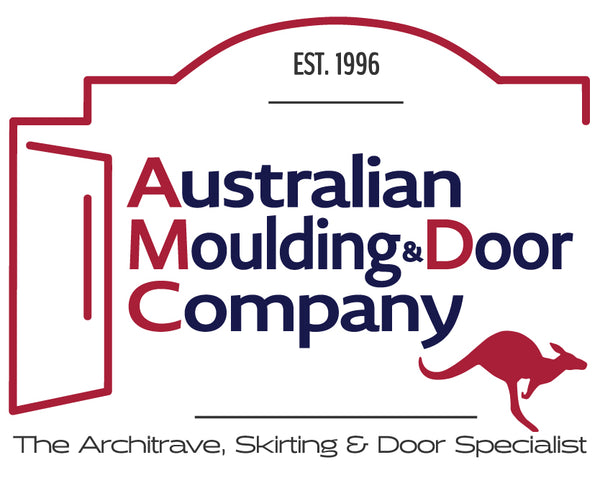Australian Moulding & Door Company, 863 Mountain Hwy, Bayswater VIC 3153
Victorian home architecture incorporates various styles ranging from classic facades and Georgian styles, to extremely ornate and decorative embellishments. “More of everything” was a trademark of the era. Typical features of this period include decorative cast iron or lace work, terrace housing, steep pitched roofs, fretwork, chimney stacks, multi-coloured brickwork or red brickwork, stain glass windows, double pane windows, oriel windows and curved verandas.
